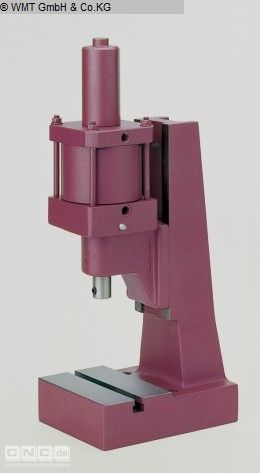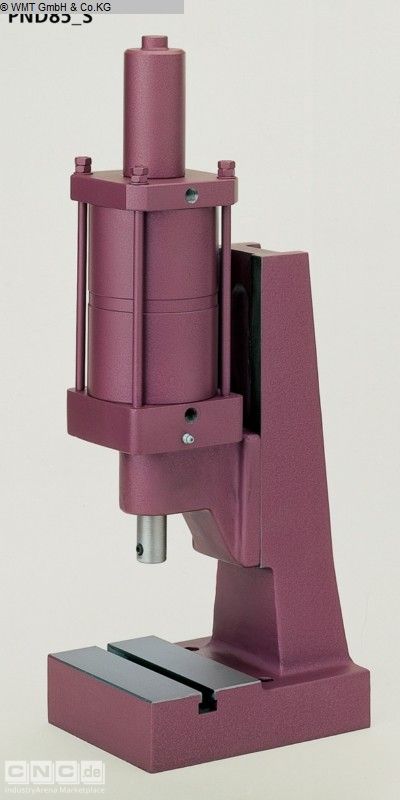Mercado de máquinas e instalaciones usadas
Máquinas usadas Pneumatic Presses
Pneumatic presses are a type of press that use air pressure to apply a force to the material being worked. They are often used in industrial manufacturing to shape or cut materials such as metal, plastic and rubber. A pneumatic press consists of a cylinder, a piston, a valve and an air compressor. The air compressor supplies compressed air to the cylinder, which moves the piston and applies a force to the material. The force can be controlled by adjusting the pressure of the compressed air. Pneumatic presses have the advantage of working quickly and efficiently. They can generate high forces and are also suitable for use in potentially explosive atmospheres, as they do not generate sparks. In addition, they are easy to operate and can be used for a variety of applications, such as punching holes, forming metal parts, or cutting plastic film. However, pneumatic presses also have some drawbacks. They require regular maintenance to maintain their performance, and they can be noisy, which can cause hearing damage if not operated properly. They also may not be suitable in some applications due to their limited precision.

|


|


|


|











